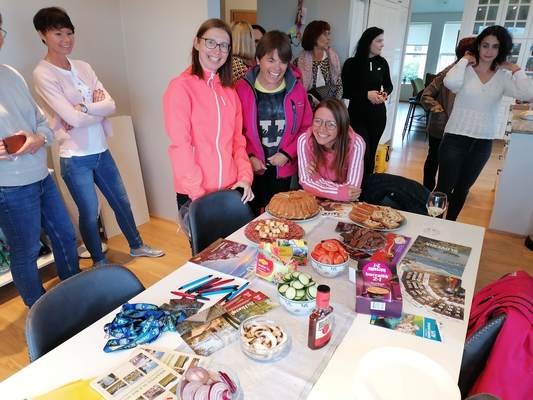The course Smart teachers play more in Reykjavík lasted from 8th till 14th of August.
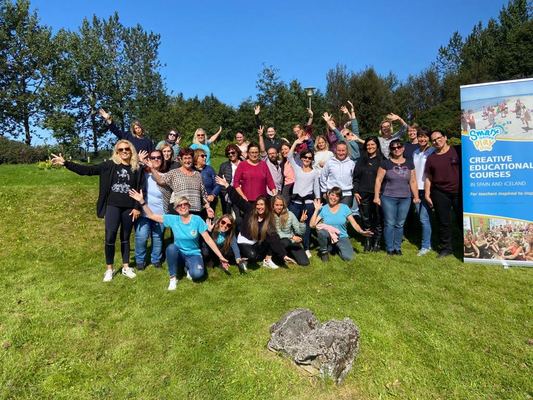
We were a group of 30 teachers from Slovenia, Croatia, Romania, Poland, Greece, Spain, Estonia, Germany … Our coaches, Kristin (from Iceland) and Sarah Jane (from England), are both enthusiastic teachers with lots of experiences, ideas, methods and approaches to the teaching and learning process. They have combined their two personal projects, their programmes and methodology, and have created a programme Smart teachers play more which focuses on learning, developing confidence and creativity through play, movement and the senses. It reflects their philosophy that teachers learn more while having fun, sharing ideas and experiences with colleagues from different countries. And we can say the same for students …
We were getting to know each other through some ice-breaking activities:
How do you doodle: on a whiteboard, separated in four parts, we had to draw four things about ourselves. We presented our drawn description to our neighbour and then exchanged whiteboards. Then we had to present our colleague to another partner and exchange descriptions again ...
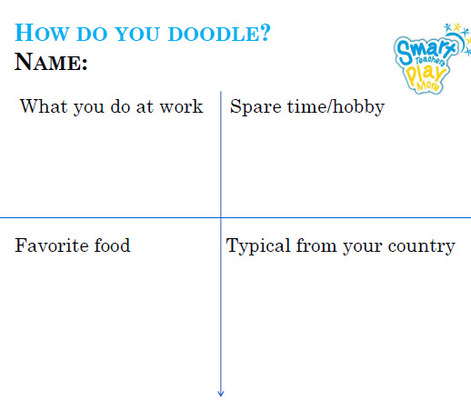
Treasure hunt in groups, through which we’ve learned some Icelandic words and a few facts about their culture.
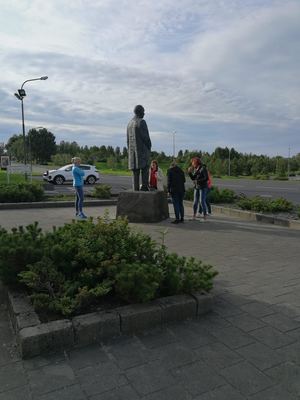
Through the seven days course we were introduced to the ideology behind STPM project and given real examples of how the projects behind STPM are working in Spanish and Icelandic schools.
We have been given the first-hand experience and the tools we need to teach academic subjects through play, movement and the senses.
We have been sharing successful play-based activities we use in our own school and we, participants, also have learned a lot from each other.
We have planned how to implement our “Play More” activities into our school.
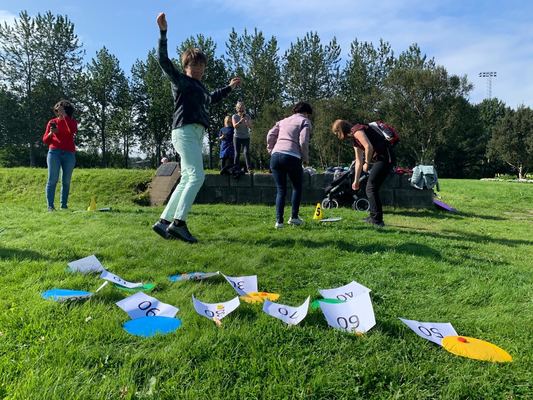
When possible, our activities took place outside of the classroom and movement was implemented in all of them. We had to show the story with moves, use different types of travel modes, we were learning with and through movement …
The beanbag game: Students stand in a circle and are throwing a small beanbag to each other. The one, who throws the bag asks the question, who catches the bag, has to answer. The game has to be quick. At the beginning we have a set only of one question, the we add them one by one. Who doesn’t answer or asks correctly, is out of the game.
Talking boards: A dialog between to students, led by both sides of one board, questions on one and pictures on the other side.
Move to the middle: Students are in groups. Each member of a group has to go to the circle in the middle take:
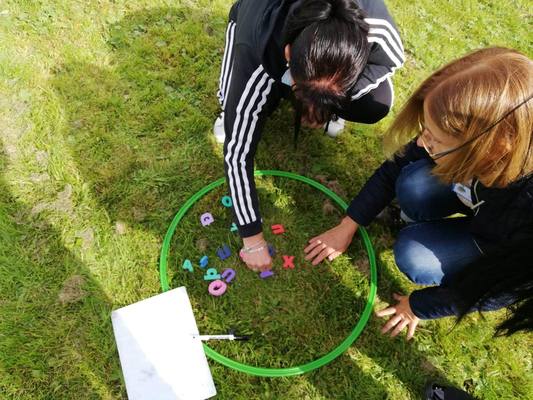
Rock-paper-scissors: Students move on by one in different directions through the space. When they meet someone, they say in pair one, two, three and each points out a few fingers. They have to multiply them, add them …
We can upgrade this game into The snake game. The rules are the same, we only add, that the one who is slower, has to stand behind the quicker partner, hold his shoulders and continue behind him until the leader loses ...
Because teachers (or anybody else) shouldn’t forget about oneself, we were also taught or reminded on some mindful and relaxation techniques, that can be used with our students:
Mindful walk, anchor meditation, Mindful starfish breathing, Smelling the flower and blowing the candle, Changing places in silence (I see you, I would swap, Thumbs up/down), Massage letters and words, Is there enough space for all?, Changing five things, Adding a word in a circle, Active listening.
Storytelling is important, can help students and adults through life and with understanding things that happen in life, that’s why I introduce some storytelling activities.
Storymap storytelling: Tell the story with small pictures and movement.
Story bingo: each has to draw on a white board six small pictures, that each one chooses them out of the selection of more of them. The reader is then reading the story and when you hear a word you have drawn, you cross the picture. Who crosses all pictures the first, wins.
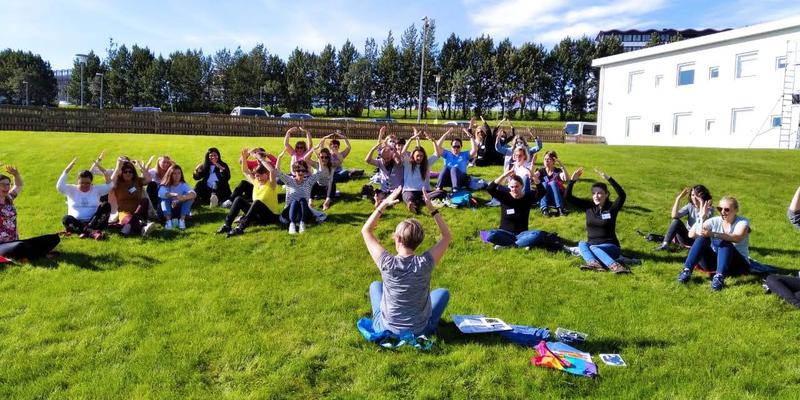
Four things chant: Each group chooses four random objects. The members have to make up story with them. They have to tell the story and show it with movement and the chosen objects.
And: Story stones, Story bag, The storytelling path ...
Moving word search: The students have to find animals in the crossword. But they are allowed to cross only those, that are hidden in the stations across the space. They move form station to station like the task in the station says.
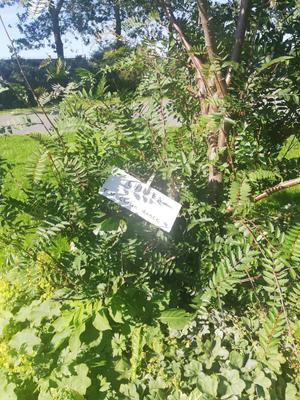
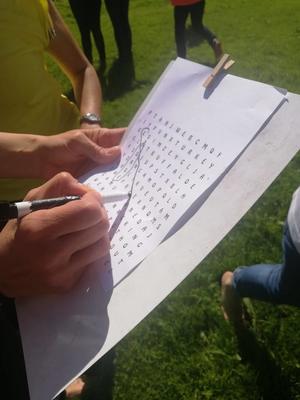
Reading comprehension: There are stations with questions. Students have to go to each station, read the question, then find the place with the text in which they can find the answer. They write it down on a whiteboard.
This is …: The bag with objects travels around the students in the circle. Each pulls one object out of it. If one pulls scissors out (for instance), one says: This are scissors and they start with a sound s. The student has to put the object on a letter S. When there are no more objects in the bag, we change the existing objects into something else. For instance. One picks scissors and says: These were scissors, now they are glasses and puts them on a letter G.
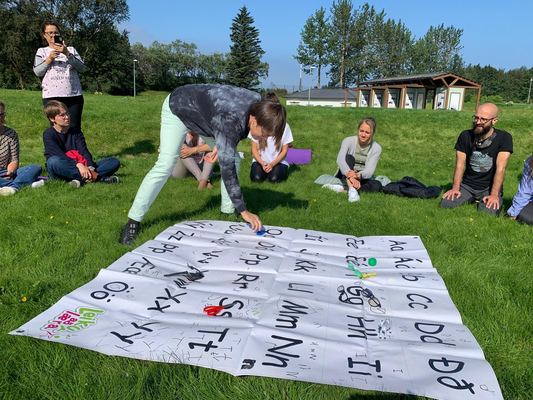
Acrostic (poem) from a family (first) name.
We exchanged good practise we already use at our work:
The one step forward game, Runnning dictation, The slapping game, The Samurai game (ha, he, hi), Boom, The complement game, The pinguin game.
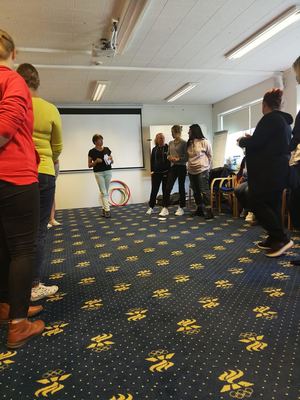
We also visited an Icelandic school, in Mosfellsbaer and learned some facts about their school system:
Their Primary school is from first (6 years) till seventh grade (12 years), from 8th till 10th grade they visit Secondary school. This is obligatory. Majority of their schools are public. One school hour is 40 minutes long and have 30 to 35 hours per week (for the last three years even 37). The school work starts at 8:30 and lasts till 13:30. Students eat lunch at school, but not for free. Afterwards students have extracurricular activities until 17:00. In their curriculum there are 2 hours of sports per week, one hour of swimming, art, work with wood, fabric (sewing, ironing …), cooking. They start learning English in the 3rd grade and Danish in the 7th. They choose the 3rd foreign language at the University.
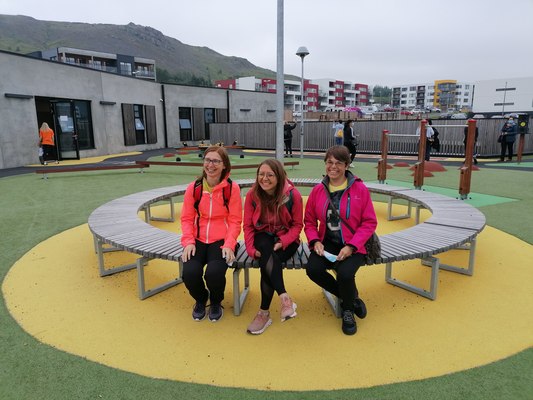
There are approximately 50 students in one classroom. They are all in one big classroom, with at least three teachers. If there are students that need peace or has special needs, teacher takes them in smaller room and work with them separately. Through the whole education till the 10th grade, they get descriptive evaluations, they aren’t evaluated by numbers. They get the certificate at the end of school year, but not on the paper, only in the digital version. Students have national exams at the end of the 4th, 7th and 10th grade.
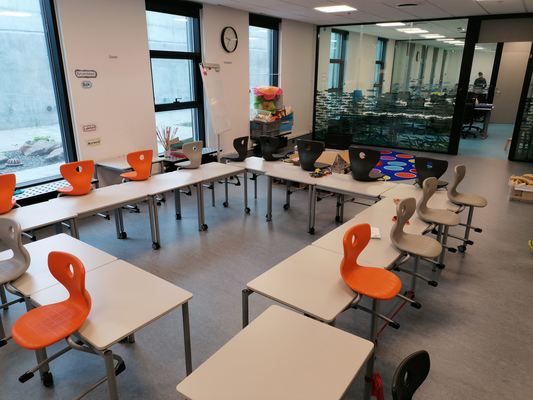
They have 10 weeks of summer holidays, 2 weeks for Christmas and ten days for easter.
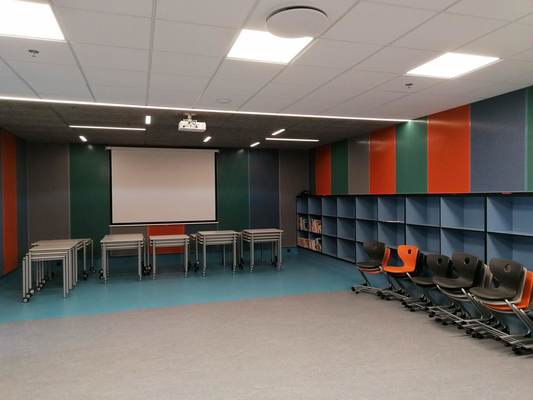
We were also getting to know more about Icelandic culture and history by sightseeing in Reykjavik, its streets and museums and by visiting some of other places over Iceland:
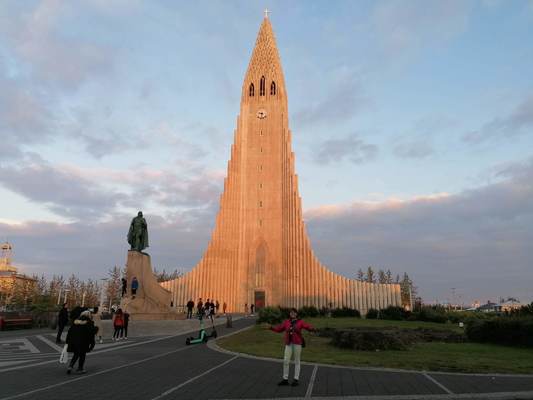
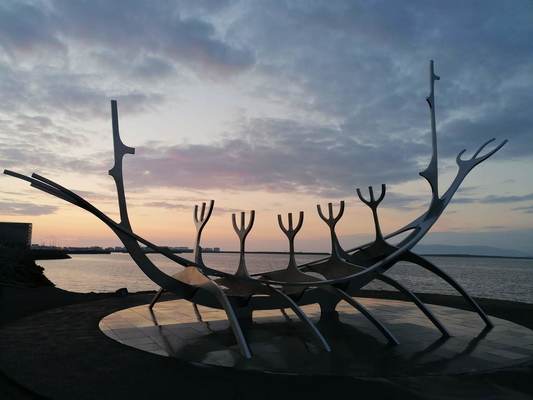
A powerplant:
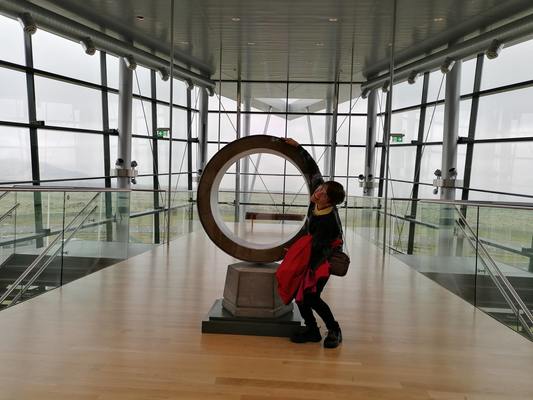
The Golden fall:
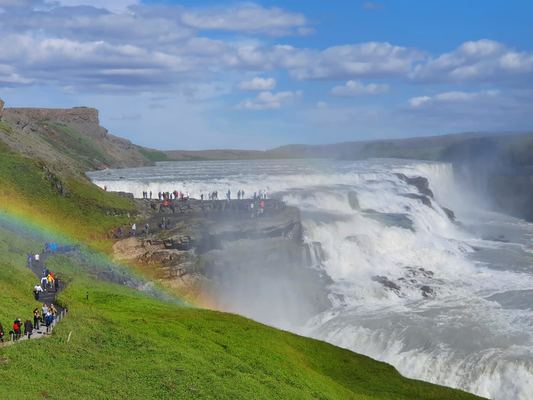 were standing on Northamerican and Eurasian tectonic plate at the same time,
were standing on Northamerican and Eurasian tectonic plate at the same time,
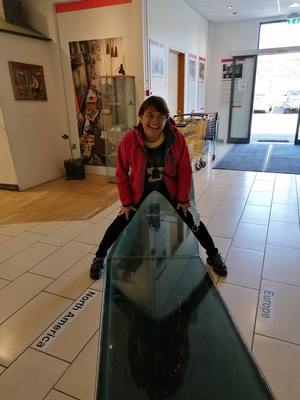
visited geysirs and an active volcano:
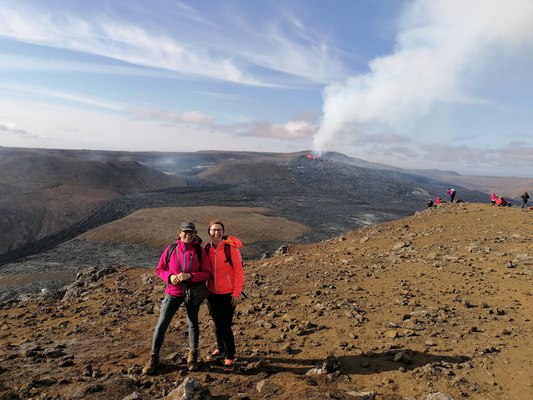
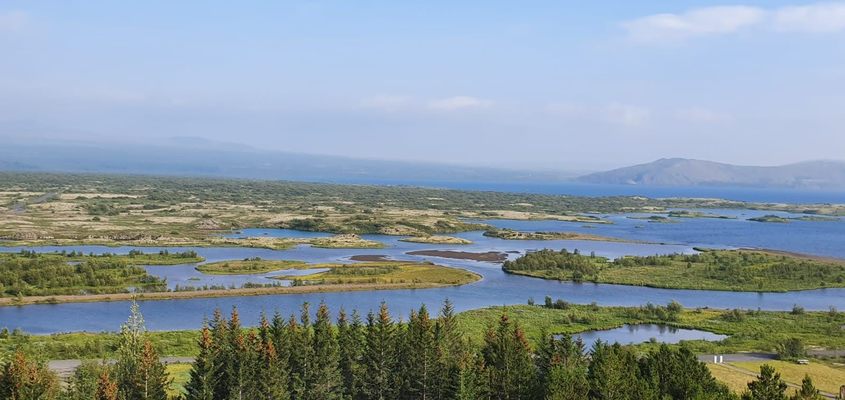
We prepared a multicultural evening with international food and dancing.
